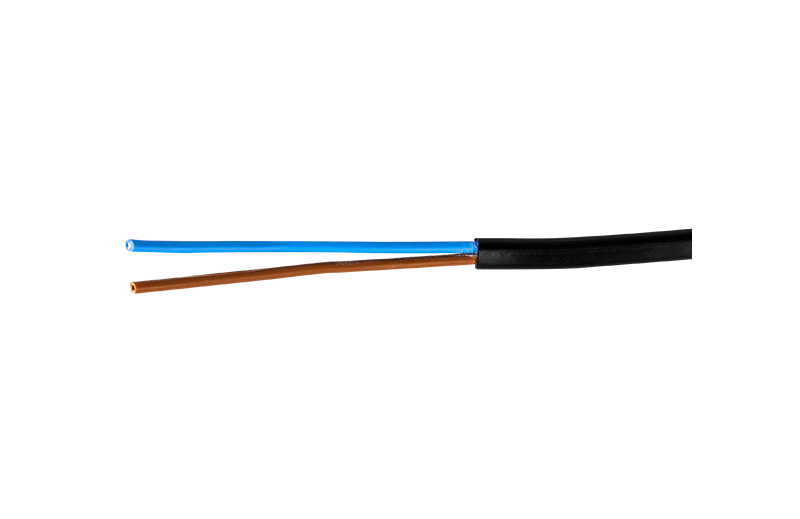Summary:Low-voltage power cables are essential in various applications, from residential wiring to industrial systems, and ensuring their safety and efficienc
Low-voltage power cables are essential in various applications, from residential wiring to industrial systems, and ensuring their safety and efficiency is paramount. Common standards and regulations play a crucial role in this, guiding manufacturers, installers, and end-users to ensure that these cables meet stringent safety, performance, and reliability criteria.
One of the most widely recognized standards for low-voltage power cables is the International Electrotechnical Commission (IEC) standard, specifically IEC 60227 and IEC 60228. IEC 60227 outlines requirements for PVC insulated cables, while IEC 60228 specifies the conductors' classification based on their cross-sectional area. These standards ensure that cables have adequate insulation to handle electrical stress and maintain safety over their operational life. Additionally, the National Electrical Code (NEC) in the United States provides guidelines under NEC Article 310 for the proper use and installation of conductors and cables. This code is designed to prevent fire hazards and ensure safe electrical practices in residential, commercial, and industrial settings.
In Europe, the Harmonized European Standards (EN) are often referenced, particularly EN 50525, which covers the specifications for low-voltage cables used in fixed installations. These standards align with the European Union's Low Voltage Directive (LVD), which mandates that electrical equipment, including low-voltage cables, must meet safety and performance requirements to be sold within the EU. Compliance with these standards is typically verified through certification by recognized testing bodies, such as UL (Underwriters Laboratories) in the US or TÜV in Europe.

Furthermore, specific applications might require adherence to additional standards. For example, low-voltage cables used in hazardous environments might need to comply with standards like IEC 60079 for explosive atmospheres or UL 2225 for hazardous locations. These regulations ensure that the cables can withstand environmental conditions and prevent potential hazards associated with electrical faults.
Overall, adherence to these standards and regulations helps ensure that Low-voltage power cables are safe, reliable, and effective in their intended applications. By following established guidelines, manufacturers can produce high-quality cables, while installers and users can be confident in the safety and performance of their electrical systems.
